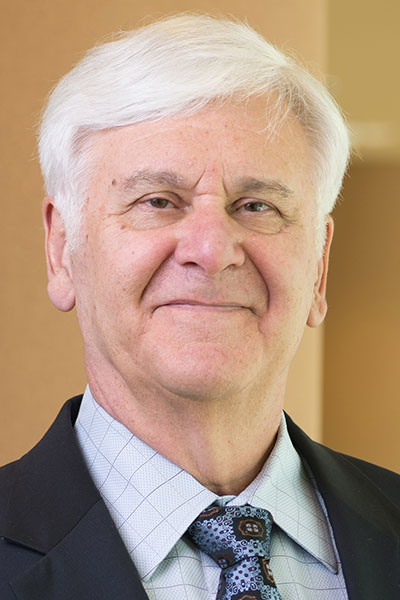COPD is not a one-strategy-fits-all disease. Not only is each patient unique, but COPD disproportionately affects marginalized populations.
Some individuals have pre-COPD with some of the signs of COPD, but fail to meet the traditional clinical definition of the disease. Other variables include different risk factors between men and women, tobacco use, occupational exposures, socioeconomic status, and obesity.
Presenters will discuss emerging data that can help improve COPD outcomes by better tailoring management approaches to individual patients during Personalized Approach to Managing COPD: A 2023 Update, Monday, from 3 pm to 4 pm, in Room 310 of the convention center.

“One of the biggest issues we all face is people with risk factors such as history of cigarette smoking or environmental exposures leading to structural airway and parenchymal problems, symptoms, pulmonary function abnormalities, mortality—you name it—but don’t have the classic diagnosis of COPD,” said Session Co-Chair, Barry Make, MD, FCCP, Professor of Pulmonary, Critical Care, and Sleep Medicine at National Jewish Health.
“They don’t meet the clinical definition of COPD, which is defined as a specific spirometry feature, i.e., airway obstruction,” he said. “And if they don’t meet the clinical definition, they don’t have a diagnosis of COPD and don’t necessarily have the same options as similar people with similar symptoms who have classic airway obstruction.”
Failing to meet strict diagnostic criteria for COPD can appear to be a barrier to care for those with pre-COPD, Dr. Make said, but that doesn’t have to be the case.
“If you use a diagnostic code for symptoms such as shortness of breath, cough, phlegm, or a hospitalization for acute respiratory illness such as acute bronchitis or emphysema, that is enough to move forward with evaluation and treatment without a classic COPD diagnosis,” he said.
Race and ethnicity can be another barrier. Medical texts have historically noted that Black American patients have 15% lower spirometry values compared with non-Hispanic White patients.
That assertion is problematic at best, Dr. Make said. Not only do the data not support race-based spirometry values, but race is not even a medically definable characteristic.
“Even if an individual self-identifies as Black, they probably come from a multiracial or multiethnic background like most Americans do,” he said. “The other issue is that Black and other minority populations tend to have more social disparities with potentially poorer nutrition, higher exposure to pollutants, and other factors that can affect health, development, and well-being. We have a recent paper that I’ll be drawing on to show that spirometry should not be racially adjusted.”
Assigned sex can also make a difference in COPD. Assigned sex impacts risk factors for COPD as well as spirometry ranges. In addition to addressing care of cisgender male and female patients, this session will address questions that clinicians may have regarding transgender and gender-diverse patients.
“Which values do you use, male or female, when someone has changed gender?” Dr. Make said. “Do you use their birth gender, which they may see as a personal affront and decline care? Do you use their current gender, which may or may not reflect their physiology?”
Obesity is another individual factor in COPD. BMI is an imprecise measure of obesity, which can vary with multiple individual factors beyond weight and height. At the same time, obesity is a common comorbidity in COPD.
“COPD is a tough condition, particularly in the outpatient arena,” Dr. Make said. “These are all new issues that we need to consider when seeing patients in the office. And COPD is a major cause of death in the United States. We can do a better job helping our patients with a more personalized approach to their disease.”
Join us at CHEST 2024
Connect in person with influential clinicians from around the world—and attend top-tier educational sessions focusing on the most relevant clinical topics. CHEST 2024 will have it all, including optional add-on sessions to customize your learning. Reserve your spot today, and save $100 when you register by September 22.





